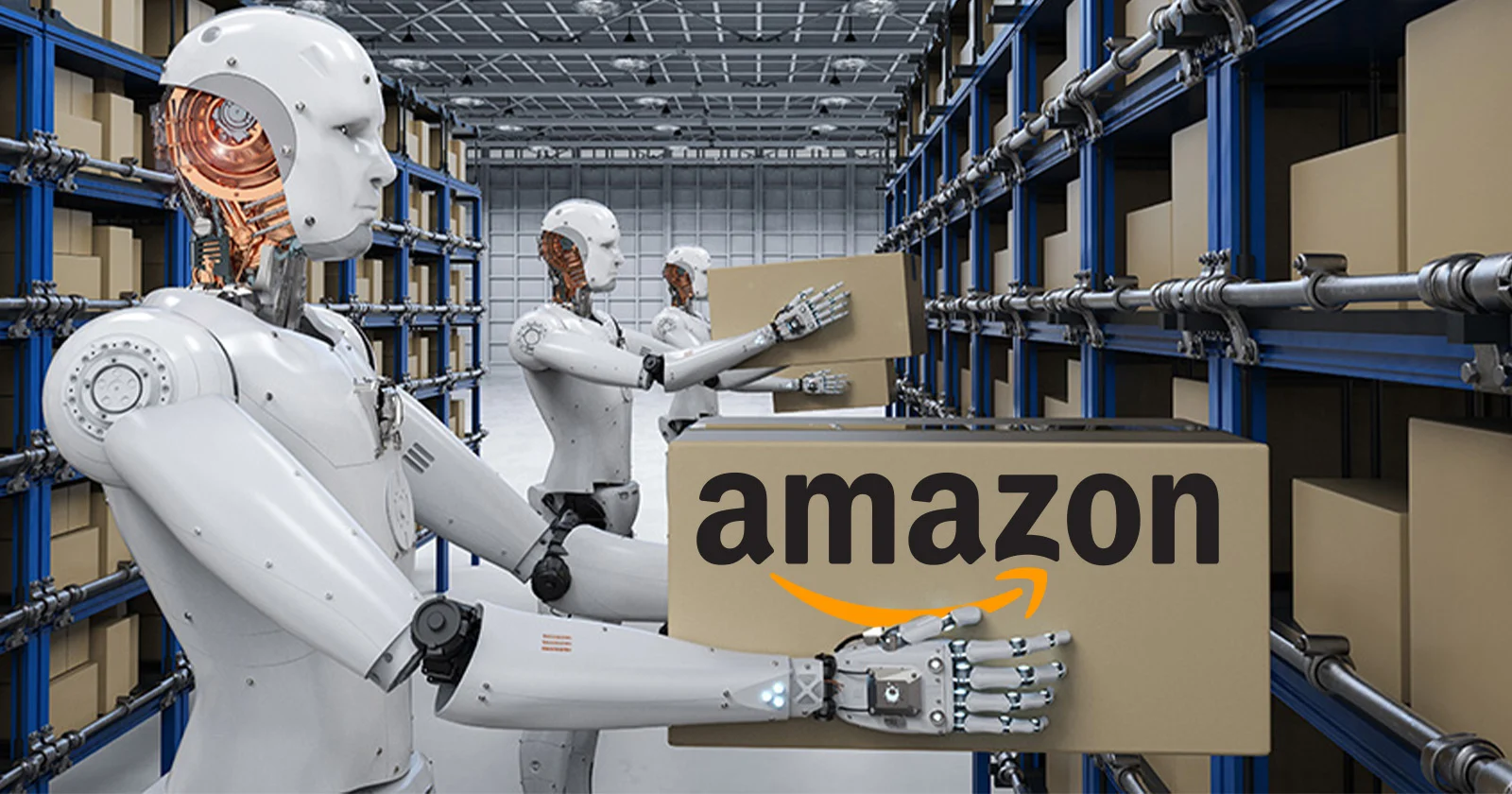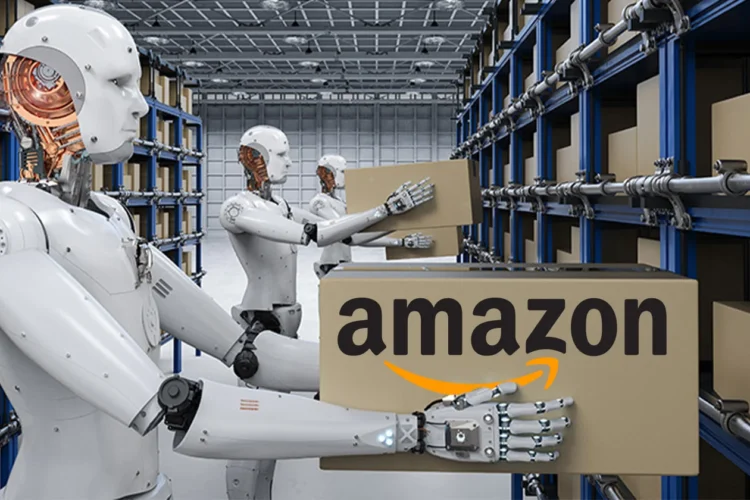
Amazon.com. Inc. is making significant strides in the use of AI and robotics, deploying over 750,000 robots, including the Sequoia and Digit robots, to work alongside its employees.
- The world’s second-largest private employer has seen a slight decrease in its employee numbers, from 1.6 million in 2021 to 1.5 million, while simultaneously increasing its robot count from 200,000 in 2019 to 520,000 in 2022, and now over 750,000.
- These robots are designed to perform repetitive tasks, enhancing efficiency, safety, and delivery speed for Amazon’s customers. Sequoia accelerates inventory management and order processing in fulfillment centers, while Digit, a bipedal robot developed with Agility Robotics, handles tasks like moving empty tote boxes. This workflow automation is part of Amazon’s broader strategy to enhance its supply chain operations through advanced technologies.
- The significant investment in robotic automation underscores Amazon’s commitment to innovation in its supply chain at Amazon and highlights the company’s belief in the synergistic potential of human-robot collaboration. Despite the large scale of automation, Amazon stresses that the deployment of robots has led to the creation of new skilled job categories at the company, reflecting a broader industry trend towards the integration of advanced technologies with human workforces.
- Amazon’s deployment of over 750,000 robots represents a significant move towards warehouse automation at the world’s second-largest employer. This shift has the potential to significantly impact job dynamics within the company and beyond.
- While Amazon asserts that robots are meant to work collaboratively with human employees, assisting them with repetitive tasks to improve efficiency and workplace safety, concerns about job displacement and the implications for the workforce are inevitable.
Check: HD Wallpapers
Also Read: Nvidia’s GR00T: Humanoid Robots Challenge Tesla Optimus
- The introduction of such a large number of robots into the workforce raises questions about the future role of human labor in Amazon’s operational model. The impact on jobs, particularly tasks that are highly repetitive and could be easily automated, is a concern for many.
- Research from institutions like the Massachusetts Institute of Technology(MIT) has shown that industrial robots have a significant negative impact on workers, affecting jobs and wages in the areas where they are deployed. The broader discussion on the economic and political consequences of automation highlights widespread fears of job displacement and the potential for increased income inequality.
- Despite these concerns, Amazon has pointed out the creation of 700 categories of skilled job types that previously didn’t exist at the company, suggesting that automation can also lead to the creation of new types of employment opportunities. This evolution within Amazon’s workforce could reflect a shift in the nature of work where human employees move towards more complex, nonrepetitive tasks that require higher levels of skill and creativity.
- Amazon could serve as a microcosm for broader trends in the economy, where the integration of robotics and artificial intelligence reshapes industries and the labor market. The challenge for Amazon, and society at large, will be to navigate these changes in ways that maximize the benefits of automation while mitigating negative impacts on employment and ensuring that the gains from increased productivity are shared broadly across the workforce.
Check: Colorful Images
Also Read: Reliable AI Tools For Your Daily Routine in 2024
Source: finance.yahoo.com






